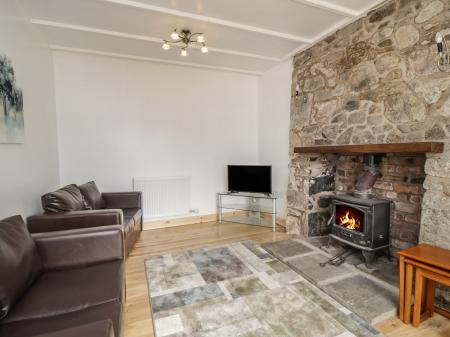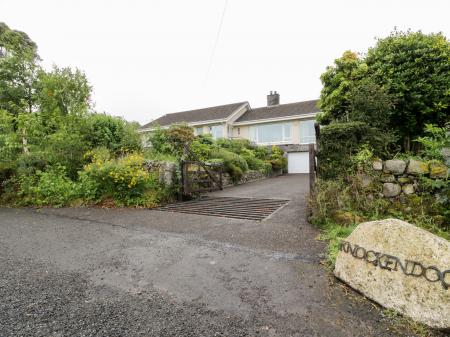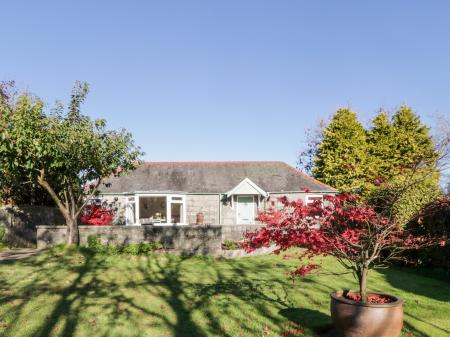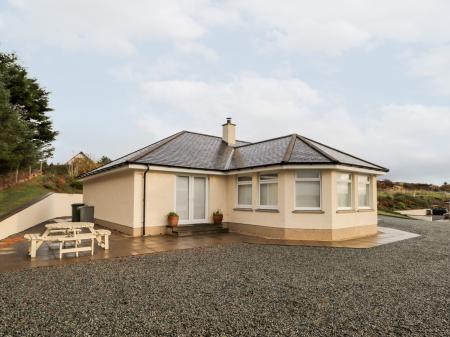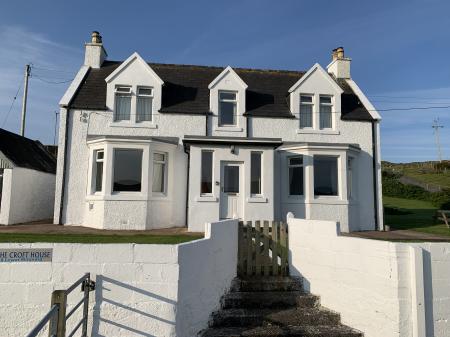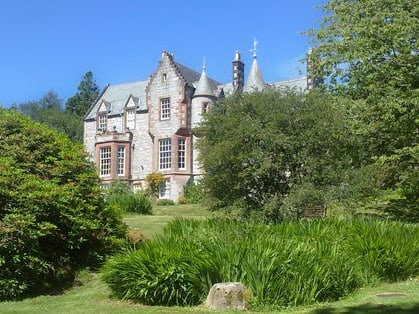
NOTE ... NOTE ... NOTE
Unfortunately, the Shambellie House Museum was closed by the National Museums Scotland due to budget cuts. As we understand it a study is underway to look at alternative uses for this historic building. We'll update this page as soon as anything new comes up. In the meantime, please DO NOT attempt to visit the museum!
UPDATE
A new charitable trust has been established and has begun fundraising and inviting memberships in an effort to secure the long term future of Shambellie House. In June 2017 the Shambellie House Trust was awarded funding from the Heritage Lottery Fund, Architectural Heritage Fund, Dumfries and Galloway Council, and Scottish Enterprise to redevelop the historic house as a centre for day and residential arts courses and a resource centre for for exploring Dumfries and Galloway. We will update the situation as it develops.
LATEST
As of early 2021, new funding has been granted to transform Shambellie House into a centre for the rural creative arts community. Local artists, photographers and craft practitioners will provide courses, many using the environment, culture, and history of the region as their inspiration.
History
Shambellie House was designed in 1856 by architect David Bryce for the Stewart family. A descendant of the builders named Charles William Stewart amassed a collection of historic costume during his lifetime, and in 1976 he gave the entire collection to the Royal Scottish Museum. At the same time, he granted the Victorian house to the Scottish government.
The Museum
The Shambellie museum was designed to showcase historic costumes in the setting of historic rooms. The timeline approach shows how fashions of the wealthy changed and developed from the 1850s to the 1950s. The individual chambers were created as lifelike room settings to show off different time periods in fashion and lifestyle.
The oldest 'setting' in the house is the Sitting Room, depicting a summer afternoon in 1882, with four mannequins dressed in period clothing. The oldest costume here is an 1873 grey silk dress originally used as a wedding dress. The Dining Room is set for another summer's day, this time from 1895, as family members gather for an evening party. Most of the company wear evening clothes, while one female figure wears a mourning dress of black satin.
The Drawing Room shows a scene from May 1945 as household members cluster around a radio to hear WWII news. The Library shows a scene from 1952 as the family is formally dressed for a Hogmanay Ball at the Assembly Rooms.
Other rooms depict scenes from 1905, 1913, and 1945. An upstairs room is used to house an exhibition on the house and the Stewart family. This helps give a sense of how and why the historic costumes were used, and why the house is such a perfect setting for the museum.
In addition to the historic costume collection, the period rooms hold family portraits of the Stewart family and Scottish furniture and art.
